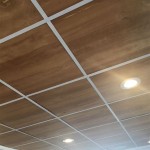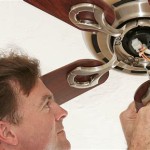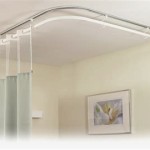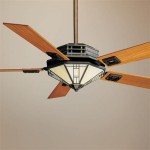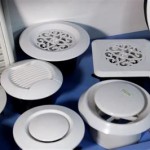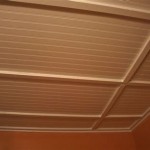Ceiling wood panels are a great way to add warmth and beauty to a room. Whether you’re looking to make a statement or simply add a touch of charm, wood panels can be the perfect choice. In this comprehensive guide, we’ll discuss everything you need to know about ceiling wood panels, from the types of wood available to the installation process.
Types of Wood Used for Ceiling Panels
When it comes to selecting wood for your ceiling panels, there are a variety of materials to choose from. Common options include pine, cedar, oak, and cherry. Each wood has its own unique characteristics, so it’s important to consider your specific needs and preferences before making a decision. Pine is a lightweight and budget-friendly option, while cedar is more resistant to decay and offers a warm, rustic look. Oak is a good choice if you’re looking for a durable and classic look, while cherry is a more luxurious option.
How to Install Ceiling Wood Panels
Installing ceiling wood panels is a relatively simple process. Before beginning the installation, make sure you have all the necessary tools and materials, including wood panels, nails, screws, glue, and a level. Start by measuring the ceiling to determine the number of panels you need and then cut the wood to size. Next, glue the panels to the ceiling and secure them with nails or screws. Finally, use a level to ensure the panels are perfectly aligned.
Benefits of Ceiling Wood Panels
Installing ceiling wood panels can bring a variety of benefits to your home. One of the main advantages is the added warmth and character they provide. Wood is a natural material that adds a cozy, inviting atmosphere to any room. Additionally, ceiling wood panels can help to reduce noise levels in your home, making it a great option for busy households. Finally, wood panels are also a great way to add a touch of style, as they come in a variety of colors and finishes.
Tips for Maintaining Ceiling Wood Panels
Caring for your ceiling wood panels is an important part of ensuring they remain in good condition for years to come. To keep your panels looking their best, it’s important to dust them regularly and avoid using harsh cleaning products. Additionally, be sure to check for any signs of wear and tear and address any issues before they become major problems. Finally, you should reseal your wood panels every few years to prevent water damage and maintain their longevity.















Related Posts

